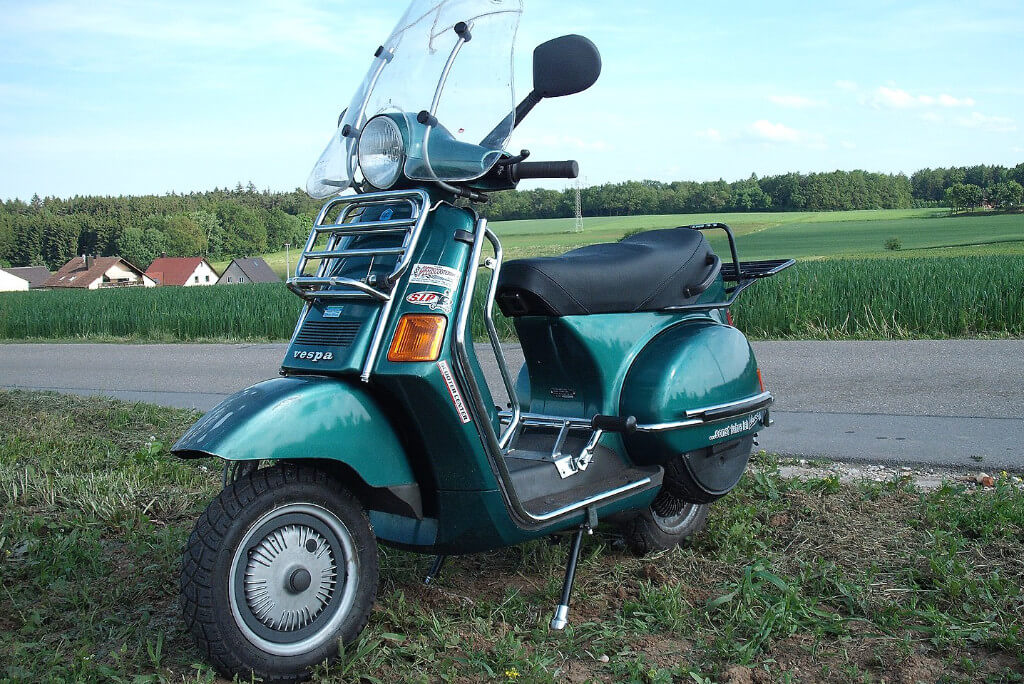Those who are not satisfied with the normal, choose the unusual, what catches the eye and inspires. Just like the Vespa. The scooter from Italy has long since achieved cult status and is still a speciality today. But what is the secret that this vehicle has lost none of its appeal even after more than three quarters of a century? It is more than the ingenious shape and design that conveys a feeling of carefree living.
The Vespa Cosa
The Vespa Cosa is unique in itself because developments and model lines are clearly recognisable in it. True two-wheeler fans consider themselves lucky to be in possession of a Vespa Cosa. It is equipped with a manual gearbox and a hydraulic integral brake. The handbrake, a kind of emergency brake, is also part of the long tradition of this model. Because earlier Vespas also had a handbrake.
The fast scooter reaches 100 km/h
The Vespa Cosa was built in two generations from 1988 to 1998. With the Cosa 1, riders could choose between 125 and 150 cubic centimetres and outputs of 8 and 8.5 hp. Torque was 10.5 or 12.75 Nm, depending on the version. There were hardly any notable differences in top speed and consumption. The Cosa 125 reached a top speed of 88 km/h, while the Cosa 150 reached 92 km/h. The Cosa 125 had slightly less power. The scooter equipped with slightly less power took an average of 2.4 litres of petrol per 100 kilometres, while the other version consumed 2.5 litres of petrol over this distance.
The differences were similarly minimal for the Cosa 2. The Cosa 200 with just under 200 cubic centimetres could be purchased with 10 or also 12 hp. The somewhat weaker model reached a maximum speed of 95 km/h, in the more powerful version this Vespa reached up to 100 km/h. The fuel consumption was 3 or 10 litres. The consumption was 3 or 4 litres of petrol per 100 kilometres.
Model with rev counter and automatic starter
Apart from the above-mentioned performance features, the Cosa 1 and the Cosa 2 differ from each other only in a few other points. For example, the seat of the Cosa 1 is similar to the Vespa PX, which was the predecessor model of the Cosa built from 1988 to 1998, but continued to be produced after its release. On the Cosa 2, the seat is wider.
On the other hand, both the Cosa 1 and the Cosa 2 have the electronic rev counter and the automatic starter. Both are equipped with a two-stroke engine and a 4-speed manual gearbox. The clutch is easier to operate than on the previous models. Shifting is also easier because a new cable has been installed



